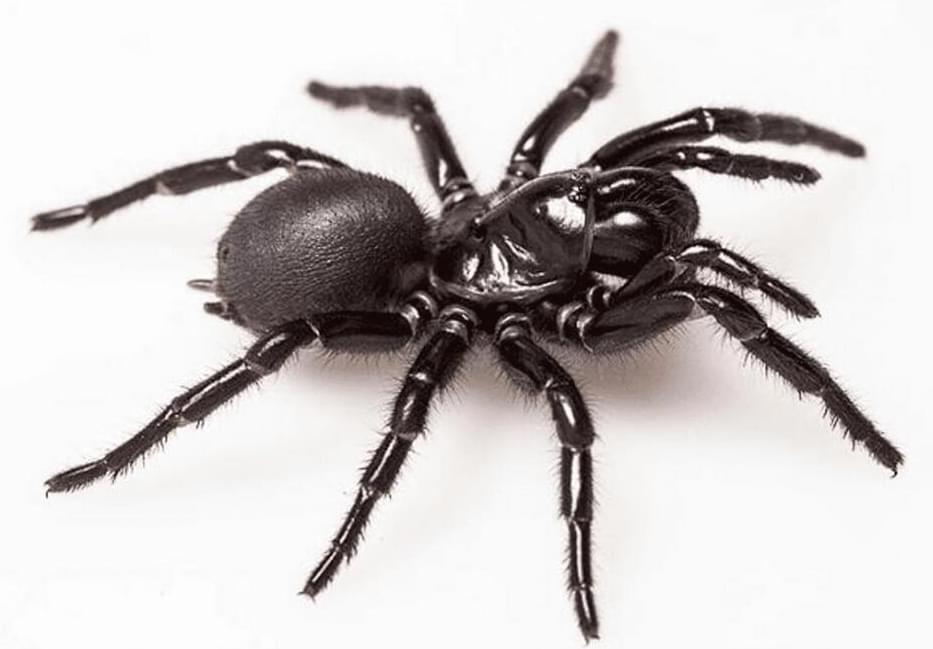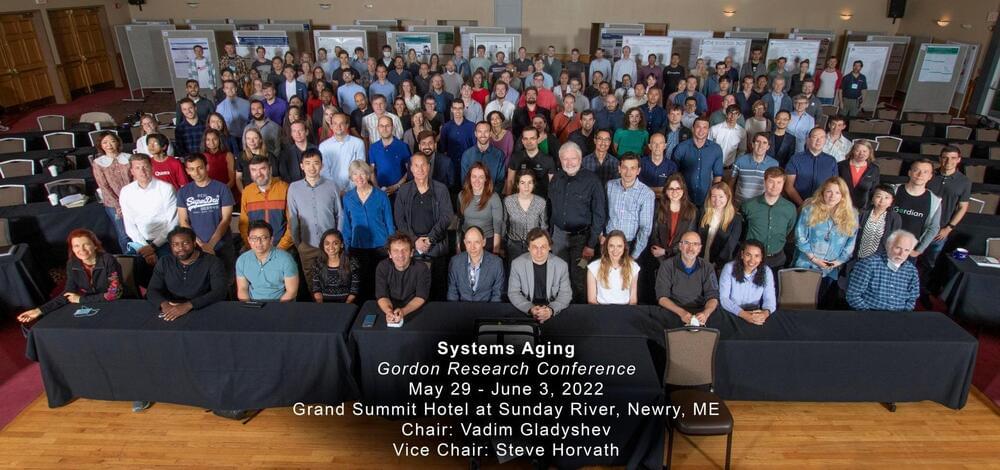A molecule based on the venom of a funnel-web spider could keep cells from dying after a heart attack, having been previously shown to have similar potential after strokes.


Deep Longevity has published a paper in Aging-US outlining a machine learning approach to human psychology in collaboration with Nancy Etcoff, Ph.D., Harvard Medical School, an authority on happiness and beauty.
The authors created two digital models of human psychology based on data from the Midlife in the United States study.
The first model is an ensemble of deep neural networks that predicts respondents’ chronological age and psychological well-being in 10 years using information from a psychological survey. This model depicts the trajectories of the human mind as it ages. It also demonstrates that the capacity to form meaningful connections, as well as mental autonomy and environmental mastery, develops with age. It also suggests that the emphasis on personal progress is constantly declining, but the sense of having a purpose in life only fades after 40–50 years. These results add to the growing body of knowledge on socioemotional selectivity and hedonic adaptation in the context of adult personality development.
A look at how emerging concepts in science & technology could disrupt our most our understandings of identity, consciousness, and free will. This is the 5th episode of the Existential Crisis series which looks at concepts like Transhumanism, Life Extension, the Simulation Hypothesis, the Doomsday Argument, and the Anthropic Principle.
Visit our Wesbite:
www.IsaacArthur.net.
Support the Channel on Patreon:
https://www.patreon.com/IsaacArthur.
Listen or Download the audio of this episode from Soundcloud:
https://soundcloud.com/isaac-arthur-148927746/ec05-consciousness-and-identity.
Cover Art by Jakub Grygier:
https://www.artstation.com/artist/jakub_grygier
Join us on Patreon!
https://www.patreon.com/MichaelLustgartenPhD
Cronometer Discount Link:
https://shareasale.com/r.cfm?b=1390137&u=3266601&m=61121&urllink=&afftrack=
Papers referenced in the video:
Metagenomic and metabolomic remodeling in nonagenarians and centenarians and its association with genetic and socioeconomic factors.
https://www.nature.com/articles/s43587-022-00193-0
Methionine Restriction Extends Lifespan in Progeroid Mice and Alters Lipid and Bile Acid Metabolism.
https://pubmed.ncbi.nlm.nih.gov/30157432/
Lifespan extension and delayed immune and collagen aging in mutant mice with defects in growth hormone production.
https://pubmed.ncbi.nlm.nih.gov/11371619/
Alterations in xenobiotic metabolism in the long-lived Little mice.

A recent study indicates the prevalence of brain changes from limbic-predominant age-related TDP-43 encephalopathy might be approximately 40% in older adults and as high as 50% in people with Alzheimer’s.
Alzheimer’s disease is a disease that attacks the brain, causing a decline in mental ability that worsens over time. It is the most common form of dementia and accounts for 60 to 80 percent of dementia cases. There is no current cure for Alzheimer’s disease, but there are medications that can help ease the symptoms.
Earlier I posted results. Those posts did not include info here concerning topical E5 human trials to start in a month or so and if the results are good they will start up a U.S. factory. So far, 3 treated rats have a 13% longer lifespan than the max for a lab rat and 3 of them are still alive.
In this video we report on the June 2022 update from Dr. Katcher’s experiment with E5, where he is testing to see how long the rats will stay alive if they are given an E5 injection every 90 days. The experiment appears to be coming to an end with only 3 treated rats still alive. But a new experiment has started as well as a human trial of E5 used topically being planned.
********************************************
Links for this video.
Sign up for the newsletter from NTZ Publishing here:
https://www.ntzplural.com/newsletter.
Reversing age: dual species measurement of epigenetic age with a single clock.
https://www.biorxiv.org/content/10.1101/2020.05.07.082917v1.full.
The entry on Dr Josh Mitteldorf’s Aging Matters blog.
Our discussion of original paper.
https://youtu.be/DokfEzQt_wk.
Playlist for Dr. Katcher August 2021 Interview Series.
Playlist 1 for Dr. Katcher.
https://www.youtube.com/playlist?list=PLkfzM7KJv6vaIQZ_n3WS6FHTpBtfS2lzw.
********************************************

One of the events hosted by the GRC this year was the conference called ‘Systemic Processes, Omics Approaches, and Biomarkers in Aging.” It was the inaugural Systems Aging Gordon Research Conference. Held in Newry, Maine, this event is not easy to get to. Many of the scientists on the East Coast of the US needed to spend half a day or more just to get there. There is a reason for this. Often, conferences that are organized in large metropolitan areas with easy access do not have the same level of “pressure cooking” and interactive networking just because many senior scientists tend to be distracted and often leave prematurely. But when they are put together in a remote location, it is not easy to leave and they have no choice but to interact with each other, share knowledge, and come up with new ideas and collaborations.
The level and impact of scientific conferences is often evaluated by the number and quality of the sponsors. And the GRC conference on Aging sported a number of high-profile sponsors including GRC itself, Carl Storm International Diversity Fellowship Program, National Institute on Aging, IOMICS Intelligent Analytics, Zymo Research, Kinexum, Insilico Medicine, Illumina, Aging journal, Impetus Grants, Infinita Life Science and VitaDAO.
With Vadim Gladyshev serving as chairman and Steve Horvath as vice-chairman, the conference set the stage for the field, paving the way for the development of interventions to delay and reverse aging. Vadim is a professor of medicine at Harvard Medical School and director of Redox Medicine at Brigham and Women’s Hospital, while Steve is a professor of human genetics and biostatistics at the University of California — Los Angeles, and a senior scientist at Altos Labs. Both are world-renowned researchers, and spoke and led the discussions at the conference.
Exclusive interview for ageless partners®: augmented fasting; reverse engineering immortality.
I am so happy and intellectually fulfilled to share the following interview I had with Jason C. Mercurio, MFE about Aging and the conclusions I’ve reached after 12 years of intensive research.
Every single person reading this is suffering from Aging.
Also the tool Aging exacts in terms of human suffering is indescribable.
For society and healthcare systems, just slowing down Aging by a few years would save trillions.
In this interview we discuss the following fascinating subjects:

